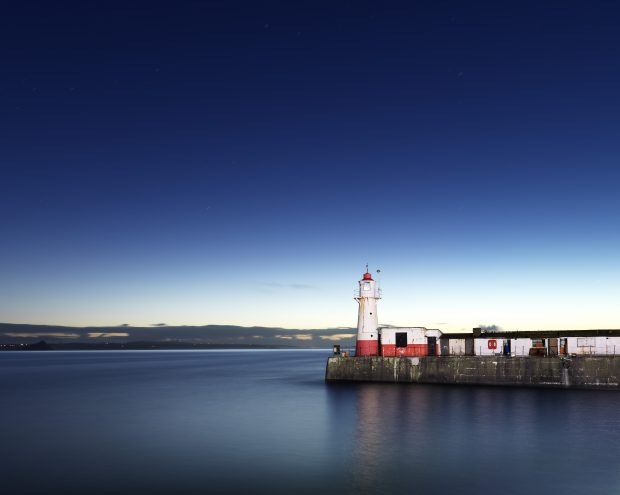Historic England is very aware that we are all on a steep learning curve as a complete marine planning system –the like of which has never existed previously – is put in place. It is a priority matter for us to consider how best we can make a contribution. To do this we’re looking at the evidence available about the historic maritime character of the seas, shores and places around us, including both nationally important and protected heritage assets, but also other places that are not designated, but still hold archaeological significance. We are aware of the opportunities and potential for discoveries to be made, particularly in places that are now being explored to support maritime development projects.
Our seas have historical legacies associated with particular types of maritime industry, fishing, trade, transportation and global conflict. There are particular places that were clearly defined by this legacy such as the shipyards of Sunderland and the Tyne, the naval facilities and fortifications around Plymouth and maritime World Heritage Sites in Liverpool and London. Cultural characteristics also include other aspects such as the vessels that help to define particular locations, like the coastal sailing barges used in the Thames estuary for trade with the continent. Other examples of change in historic character are highlighted by the use of the sea as a source of energy. The exploration, discovery and production of oil and gas, and the placement of infrastructure on and within the seabed and extending through and above the sea, were part of the recognisable character of parts of the North Sea and Irish Sea in the 20th century.

We are now at a point in time of wholesale change as the hydrocarbon legacy is decommissioned and the wind power structures expand across offshore areas. We understand these changing needs, requirements and circumstances. However, it is important to determine where significance lies in the physical legacy of our activities and the buildings, sites, monuments and wrecks of both vessels and aircraft found on our coasts and within our seas. It is also important to recognise new areas of knowledge and understanding gained from places far from today’s shoreline, for instance, as revealed through the seabed survey programmes conducted for offshore wind farm developments. These surveys provide evidence of climate transition and prehistoric environmental change, revealing places where land and rivers existed that are now buried within and under today’s seabed.
The inclusion of draft policies for cultural heritage and seascape presents a unique opportunity to engage terrestrial planning with what we know and understand about our shared marine environment. We have looked at the detail contained within the UK Marine Policy Statement, and are certainly familiar with the National Planning Policy Framework, so now we must ensure policies work effectively between them.
It is important to understand how this shared cultural heritage fits into the vision, objectives and policies of marine planning – inshore and offshore. We appreciate the encouragement to look across all of the policies in the draft marine plans, to see and determine relationships which should be used to guide decision-making. We have participated in the webinars conducted by, and with, the MMO. We’ve presented our take on matters, asked questions and are reading and digesting the suite of documentation for all the draft marine plans. It’s now our task to pull all our thoughts together and make our submission by 20 April. I hope you do the same.